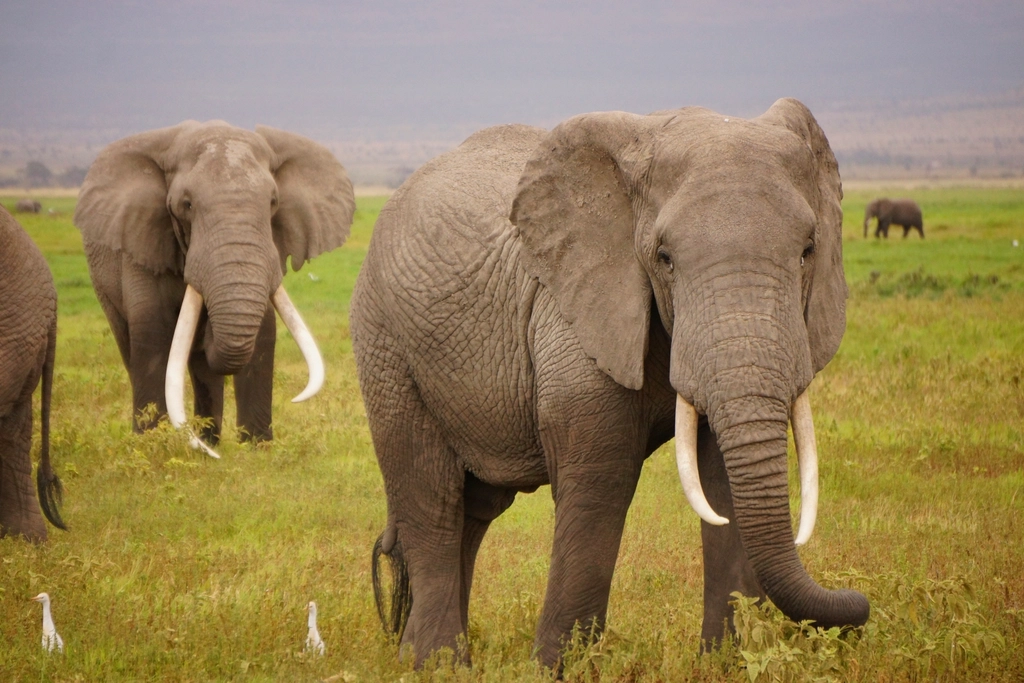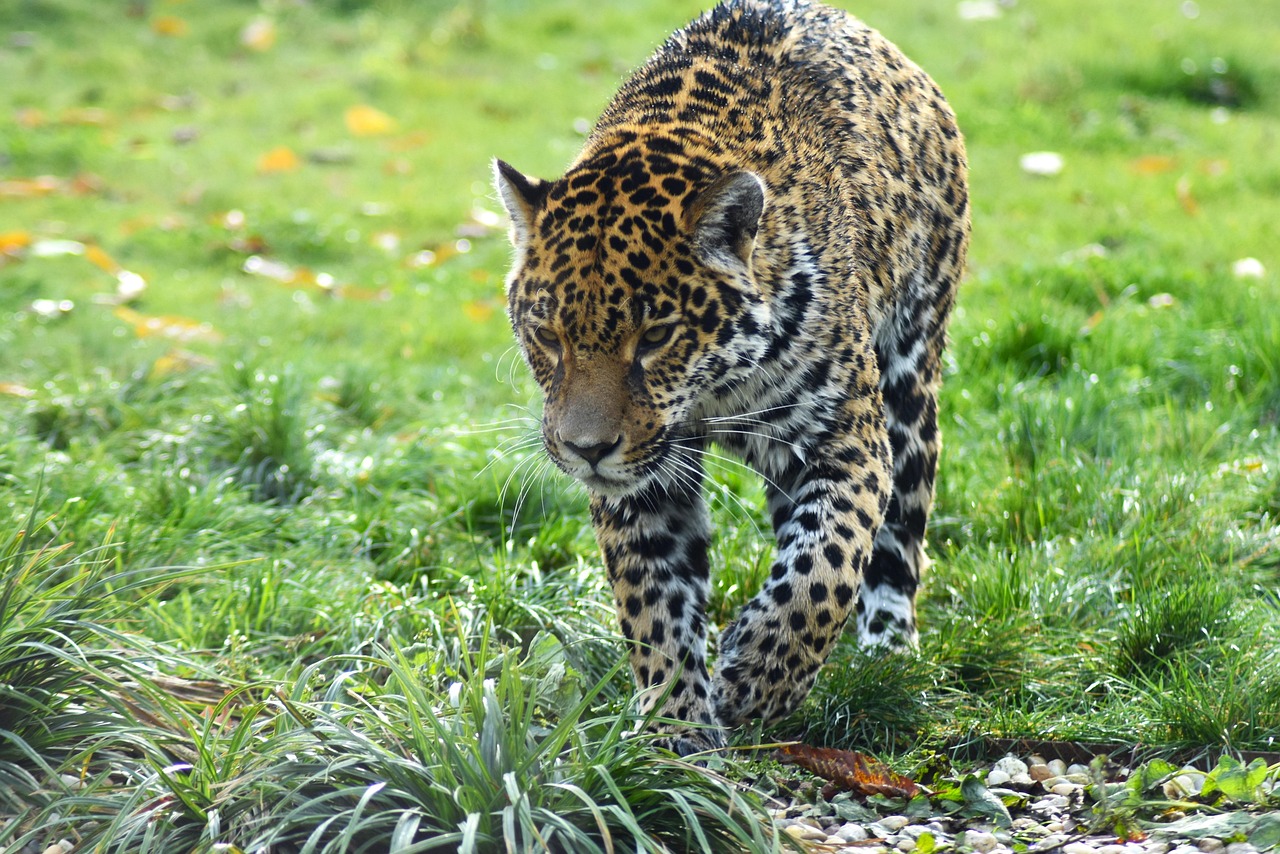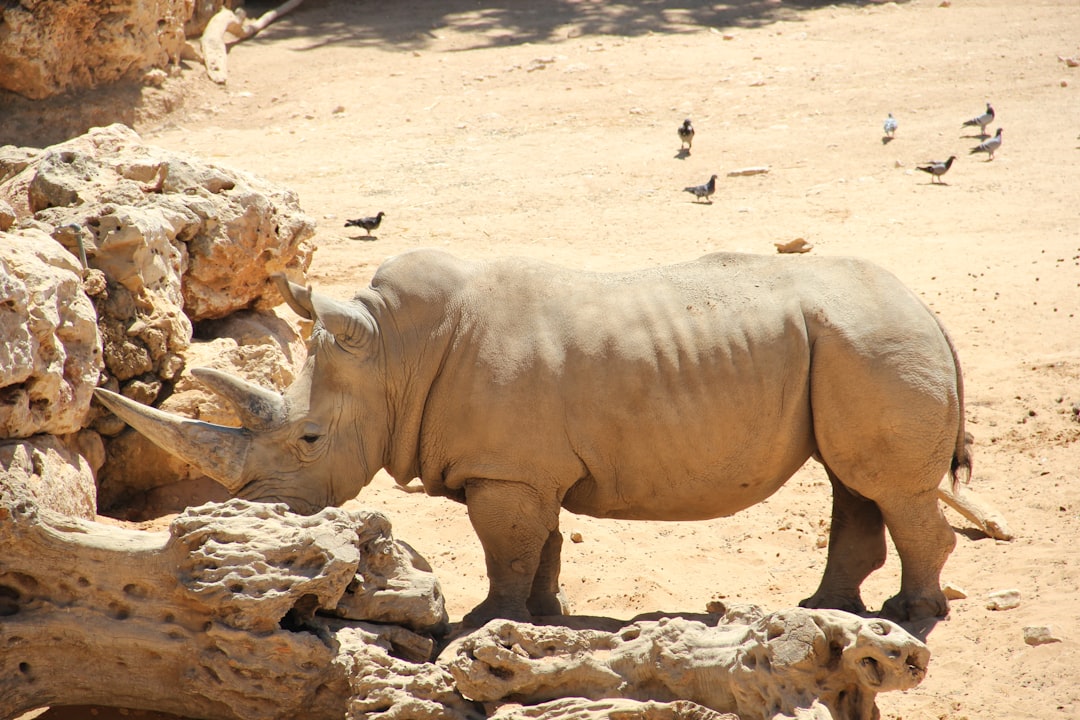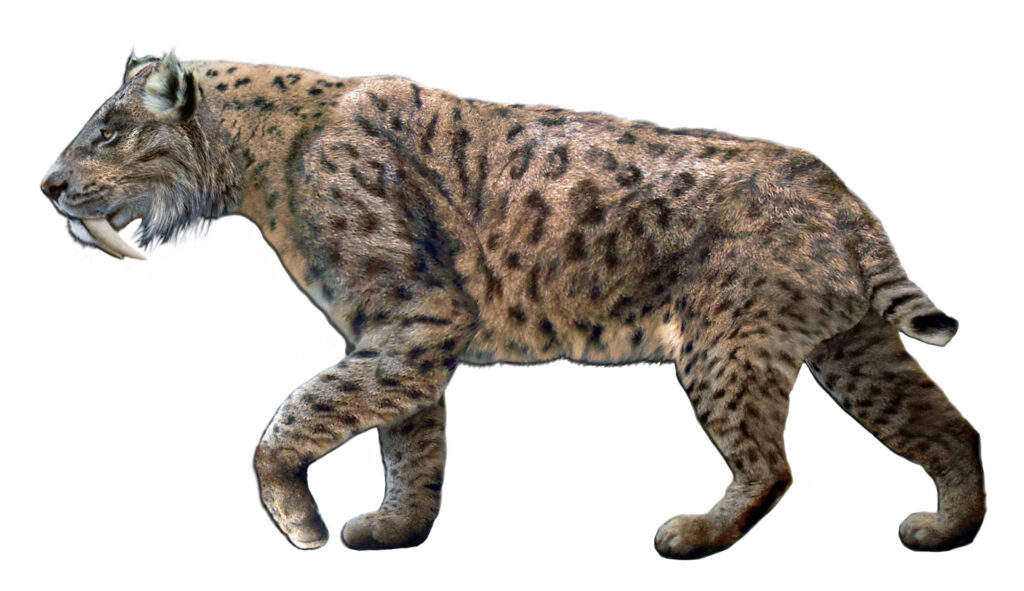Picture this for a moment: you’re face to face with one of history’s most fearsome predators, the mighty Tyrannosaurus Rex. Standing nearly forty feet long and weighing up to eight tons, this prehistoric giant dominated the Cretaceous period with bone-crushing jaws that could snap a car in half. Yet despite its legendary status as the ultimate apex predator, you might be surprised to discover that several modern animals possess the tools, tactics, and raw power necessary to bring down even this ancient king of beasts.
The question isn’t simply about size or strength alone. It’s about strategy, specialized weapons, and the kind of evolutionary advantages that millions of years have crafted into today’s most formidable creatures. From the African savanna to the depths of rainforest poison pools, nature has produced some truly remarkable killers that would give any T.Rex a run for its money. Let’s dive into this fascinating world where modern meets prehistoric.
The African Elephant – A Living Tank

You’re looking at arguably the most impressive land-based contender in this prehistoric showdown. The African Bush Elephant can reach up to 13 feet at the shoulder and the largest elephant on record weighed nearly 11 to 12 tons. That puts it in the same weight class as many T.Rex specimens, creating the first truly even matchup on our list.
What makes elephants particularly dangerous to a T.Rex isn’t just their massive size. They can run up to 15 mph and are one of the most intelligent animals on the planet. In addition, elephants are armed with tusks that can weight over 100 lbs and reach 8 feet in length. These ivory weapons are essentially eight-foot spears made of material that’s nearly 2.5 times as strong as bone.
A head charge from an Elephant will wreck anything including a T-Rex. The combination of superior intelligence, coordinated herd behavior, and those devastating tusks creates a formidable opponent that could easily pierce vital organs or deliver crushing blows that would cripple even the mightiest tyrannosaur.
The Golden Poison Frog – Death in Miniature

Now here’s where things get truly wild. The most poisonous of these frogs, the golden poison frog (Phyllobates terribilis), has enough toxin on average to kill ten to twenty men or about twenty thousand mice. But here’s the kicker that makes this tiny amphibian a genuine T.Rex killer: the golden poison frog has a poison which is potent enough to kill an elephant. The poison in just one golden frog’s skin can kill 10,000 mice, between 10 and 20 adult humans, or two elephants.
You might wonder how a two-inch frog could possibly threaten a massive predator. Only poisonous frogs have enough toxins to kill a tyrannosaur, but the frog would need to be eaten alive in order to kill the dinosaur. The batrachotoxin these frogs produce prevents nerves from firing, causing muscles to remain in constant contraction, leading to heart failure.
This scenario isn’t as far-fetched as it sounds. A curious T.Rex investigating what appears to be a colorful morsel could easily snap up one of these tiny amphibians, sealing its own fate within minutes.
The Big Cats – Precision Killers

Given its large advantage in maneuverability, I see the Jaguar avoiding the attacks by the Tyrannosaur (who can really only do damage by stomping or biting) until it can climb up its back, where it will kill the lizard by driving its powerful canines into its brain. Not only CAN the Jaguar win in this fight, but I think it would be likely to.
The big cats possess something that most other modern animals lack: the perfect combination of speed, agility, and killer instinct. No other cat (or animal) combines agility, strength, and powerful jaws in the way the Jaguar does, making it uniquely qualified for this thought experiment. Their hunting strategy relies on precision rather than brute force.
The big limitation T Rex has is his bitty arms. Big cats will see this vulnerability, leap onto T Rex’s back where they are virtually unassailable by the Rex. Once positioned there, they could deliver their signature killing bite to the neck or skull.
Tigers and lions, while larger than jaguars, bring their own advantages to this hypothetical battle. Their pack hunting strategies and experience with dangerous prey would serve them well against an oversized reptile.
The White Rhinoceros – An Armored Battering Ram

Think of the rhinoceros as nature’s version of a living tank with a built-in lance. These massive herbivores can weigh up to five tons and charge at speeds reaching thirty-five miles per hour. That’s essentially a small truck hurtling toward you with a three-foot horn pointed at your vital organs.
Rhino and elephants have weapons that could produce a fatal injury but a T-rex evolved to fight a thing of a similar or bigger size with similar or better weapons that are actually good at being that size. Still, the rhinoceros possesses something unique: virtually impenetrable armor plating combined with incredible charging power.
Their horns are made of compressed keratin, the same material as your fingernails, but formed into a weapon capable of piercing through nearly anything. A well-timed charge could drive that horn deep into a T.Rex’s body cavity, causing massive internal damage that would be difficult to survive even for such a robust predator.
The rhino’s thick hide would also provide significant protection against even the T.Rex’s bone-crushing bite, giving it precious seconds to position itself for a killing blow.
The Hippopotamus – River Monster

Don’t let their chubby appearance fool you for a second. Hippos are responsible for more human deaths in Africa than almost any other large animal, and there’s a very good reason for that murderous reputation. These semi-aquatic behemoths can weigh up to four tons and possess one of the most powerful bite forces in the animal kingdom.
Their jaws can open to about 150 degrees, revealing massive canine teeth that grow continuously throughout their lives. These ivory daggers can reach lengths of over a foot and are specifically designed for combat rather than feeding. When a hippo attacks, it doesn’t just bite once; it repeatedly slashes and crushes until its target stops moving.
What makes hippos particularly dangerous is their unpredictable nature and surprising speed. They can run at twenty-five miles per hour on land and are incredibly agile in water. A T.Rex attempting to drink from a river or lake could find itself face-to-face with several tons of pure aggression erupting from the water like a biological torpedo.
Their thick, rubbery hide would provide excellent protection against claws, while their low center of gravity would make them difficult to knock over or grab effectively.
Pack Hunters – Strength in Numbers

Sometimes the most effective strategy isn’t about individual strength but coordinated teamwork. Modern pack hunters like African wild dogs, wolves, and spotted hyenas have perfected the art of taking down prey much larger than themselves through superior tactics and relentless cooperation.
A pack of twenty or thirty wolves could potentially overwhelm even a T.Rex through sheer persistence. They would use hit-and-run tactics, taking turns darting in to inflict wounds before retreating to safety. Their goal wouldn’t be to deliver a single killing blow but to cause blood loss and exhaustion until their massive target could no longer defend itself.
Hyenas bring an additional advantage: their bone-crushing jaws. These scavengers have evolved to crack open bones that other predators can’t touch. Given enough time and numbers, they could systematically disable a T.Rex by targeting joints and tendons until the giant predator collapsed under its own weight.
The psychological warfare aspect cannot be ignored either. Constant harassment, snarling, and coordinated attacks from multiple directions would create enormous stress for any predator, potentially causing mistakes that the pack could exploit.
Disease and Parasites – The Silent Killers

But as dangerous as they are to modern animals, they are much worse to the T-Rex. What makes the tick particularly deadly to the T-Rex is that the pathogens it carries have had an extra 66 million year of evolution to figure out how to overcome animal immune systems. While the “battle” happening outside the body would be so unbalanced that the t-rex would not even know that it is being attacked, what happens inside the body would be the equivalent to a modern army storming an encampment of neanderthals.
This might not seem like a traditional “battle,” but it’s potentially the most effective method for modern life to eliminate a T.Rex. Ticks, mosquitoes, and other disease vectors carry pathogens that have been evolving and adapting for millions of years beyond what any Cretaceous immune system could handle.
Malaria, dengue fever, Lyme disease, and countless other modern ailments would be completely foreign to a T.Rex’s biological defenses. A single infected bite could trigger a cascading system failure that even the mightiest predator couldn’t fight off.
Mosquitoes may work even better for all the same reasons if you consider all terrestrial animals to be “land animals.” These tiny flying syringes carry an arsenal of biological weapons that have been fine-tuned over millions of years of evolutionary warfare.
Conclusion

The age-old question of what could kill a T.Rex reveals something fascinating about evolution and survival. While the mighty Tyrannosaurus Rex ruled its ancient world through sheer size and power, modern animals have developed more sophisticated strategies that could potentially overcome even this legendary predator.
From the poison dart frog’s chemical warfare to the elephant’s intelligent use of tusks and teamwork, today’s creatures prove that survival isn’t always about being the biggest or strongest. Sometimes it’s about being the smartest, the most toxic, or simply the most persistent. The natural world continues to amaze us with its endless capacity for creating both beautiful and terrifying solutions to the fundamental challenge of survival.
What do you think about these prehistoric versus modern matchups? Would you bet on ancient power or contemporary cunning? Tell us in the comments.




